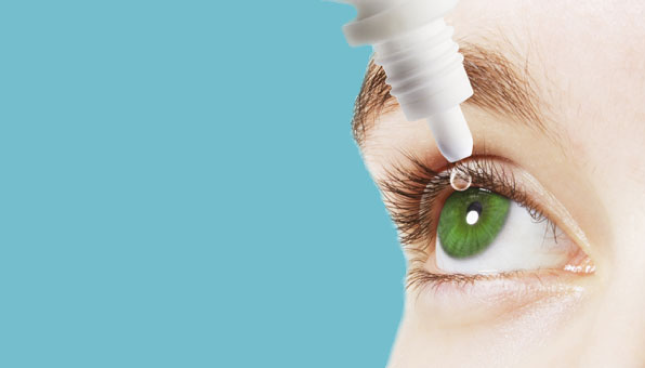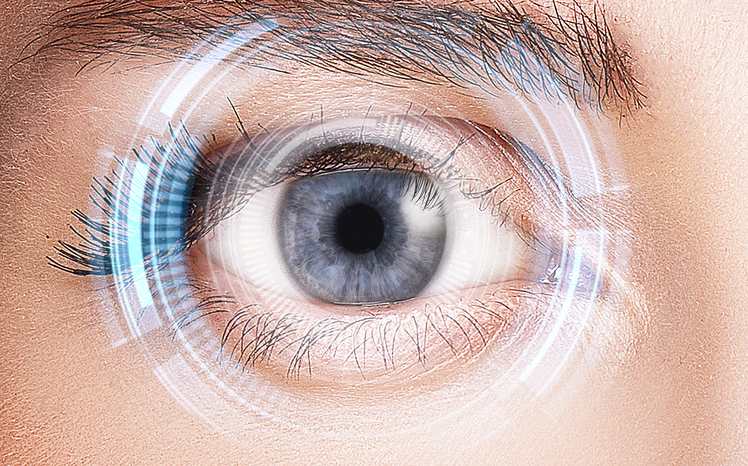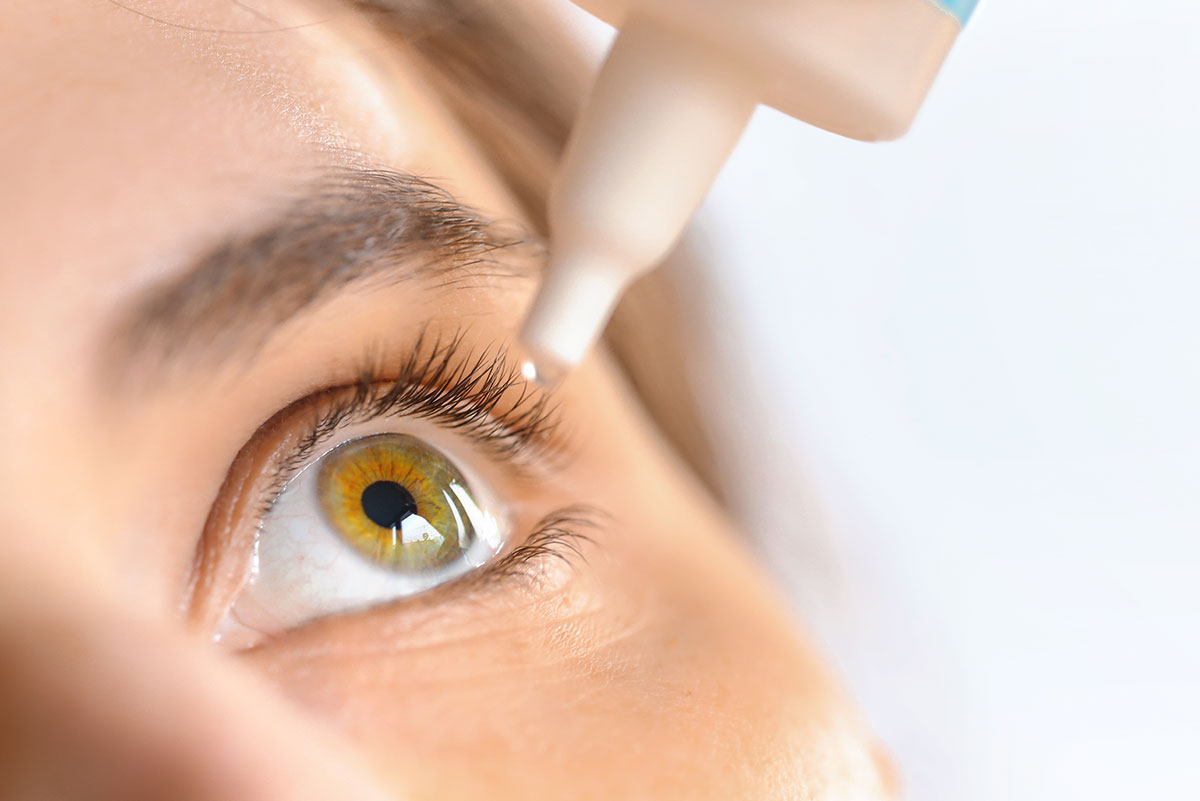Eye Center in Andalusia: Advanced Vision Treatment Services Available
Eye Center in Andalusia: Advanced Vision Treatment Services Available
Blog Article
The Total Breakdown of Retina Disorders and Exactly How They Affect Your Vision
Retina problems can interrupt this delicate procedure, leading to an array of vision disabilities. By exploring the makeup of the retina, usual conditions that can impact it, their causes, signs, and offered treatment options, we can get beneficial insights right into protecting and safeguarding our vision.
Introduction of Retina Composition
The detailed framework of the retina acts as the structure for aesthetic perception and plays an essential role in the procedure of converting light right into neural signals for the mind to translate. Found at the rear of the eye, the retina is composed of a number of layers that function with each other flawlessly to help with vision. At the core of this complicated framework are photoreceptor cells called rods and cones. Rods are liable for vision in reduced light conditions and detecting motion, while cones are crucial for color vision and in-depth aesthetic skill. These photoreceptor cells convert light power into electric signals that are then processed by other retinal cells, such as bipolar cells and ganglion cells. The bipolar cells send signals from the photoreceptors to the ganglion cells, which in turn send these signals via the optic nerve to the mind for aesthetic processing. Recognizing the complex makeup of the retina is fundamental in understanding exactly how vision functions and how various retina disorders can influence aesthetic perception.

Common Retina Disorders
Retina disorders incorporate a variety of conditions that influence the detailed structure of the eye in charge of aesthetic handling. One typical condition is age-related macular degeneration (AMD), a leading root cause of vision loss in people over 50. AMD impacts the macula, a part of the retina important for sharp main vision, leading to blurriness or blind spots in the central aesthetic field.
Another prevalent condition is diabetic person retinopathy, occurring in individuals with diabetic issues. High blood sugar level degrees damage the blood vessels in the retina, causing vision impairment or loss of sight if left without treatment. Retinal detachment is a serious problem where the retina retreats from its normal position, causing a sudden onset of floaters, flashes of light, or loss of vision in a curtain-like pattern.
Last but not least, retinitis pigmentosa is a group of congenital diseases that create the break down and loss of cells in the retina, resulting in evening blindness and a progressive constricting of the visual field - cardiologist andalusia. Understanding these common retina disorders is essential in maintaining vision and seeking timely medical treatment
Sources Of Retina Disorders
Different aspects contribute to the growth of retina disorders, including hereditary tendencies, way of life choices, and underlying health and wellness problems. Genetic proneness play a substantial duty in many retina problems, such as retinitis pigmentosa and macular deterioration. Individuals with a family members history of these problems are at a higher threat of establishing them because of inherited genetic mutations influencing the retina's function.
Way of living options can also impact retina health. Smoking cigarettes, for example, has actually been linked to an enhanced threat of age-related macular degeneration, a common retina problem that can result in vision loss. Poor dietary routines doing not have important nutrients like vitamins A, C, and E, in addition to omega-3 fats, can browse around this site likewise add to the advancement of retina disorders.
Diabetic retinopathy, a complication of diabetes, can create damages to the blood vessels in the retina, leading to vision disability. High blood pressure can result in hypertensive retinopathy, where high blood stress affects the blood vessels in the retina, possibly causing vision issues.
Signs and Medical Diagnosis
Provided the significant impact that triggers such as genetic predispositions, way of life selections, and underlying health problems can have on the growth of retina disorders, it is necessary to identify the symptoms and use effective diagnostic methods for early discovery and monitoring. Signs and symptoms of retina conditions can differ depending upon the certain problem but may consist of blurred or distorted vision, the unexpected appearance of advances or flashes of light, a dark area in the center of your vision, or a progressive loss of main vision. It is vital to seek instant medical focus. if you experience any of these symptoms.
Identifying retina disorders usually includes an extensive eye evaluation, which may consist of visual acuity examinations, dilated eye tests, optical coherence tomography (OCT), fluorescein angiography, or various other imaging examinations. Your eye treatment company may also ask about your medical history and any family members background of eye conditions. Early detection via normal eye examinations is vital to avoid vision loss and managing retina problems effectively. If identified with a retina disorder, your healthcare service provider will certainly function with you to develop a personalized therapy plan to preserve your vision.

Therapy Choices and Management
Effective management of retina problems includes a multifaceted strategy that incorporates tailored treatment alternatives to resolve certain conditions and maintain visual feature. Therapy alternatives for retina disorders vary depending on the underlying reason and severity of the problem. In instances of retinal detachment, medical interventions such as vitrectomy or scleral fastening may be essential read this article to reattach the retina and stop vision loss. For conditions like age-related macular degeneration (AMD), therapies like anti-VEGF shots or laser therapy can aid slow down illness progression and protect continuing to be vision.
In diabetic retinopathy, managing blood sugar levels is crucial to avoid more damages to the blood vessels in the retina. In addition, treatments like laser surgical procedure or injections might be suggested to decrease swelling and stop vision loss. Regular eye exams and early discovery of retina disorders are crucial for effective management and therapy end results. Individuals with Visit Your URL retina conditions should work closely with their ophthalmologist to develop a personalized therapy strategy that addresses their certain demands and assists maintain optimal visual function.
Final Thought
To conclude, recognizing the composition of the retina, typical disorders, causes, signs, medical diagnosis, and therapy options is critical in handling vision problems. Retina problems can substantially affect vision and lifestyle, making early discovery and proper management essential. By staying informed concerning these problems and looking for ideal treatment, people can better maintain their vision and keep overall eye health.

Comprehending the elaborate makeup of the retina is fundamental in understanding exactly how vision functions and just how numerous retina conditions can influence aesthetic understanding.
Retinal detachment is a significant condition where the retina pulls away from its normal setting, triggering an abrupt start of floaters, flashes of light, or loss of vision in a curtain-like pattern.
Symptoms of retina disorders can vary depending on the particular condition however might consist of blurred or distorted vision, the sudden appearance of advances or flashes of light, a dark area in the center of your vision, or a steady loss of central vision.In conclusion, understanding the anatomy of the retina, usual problems, creates, signs and symptoms, medical diagnosis, and treatment alternatives is essential in managing vision disabilities.
Report this page